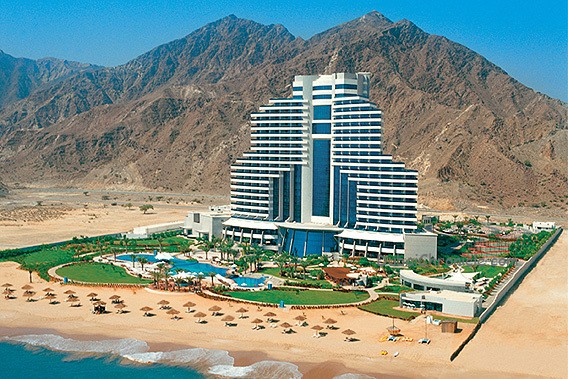The International Monetary Fund stated in a report released in January that an anticipated drop in the average growth rate of the regional economy will occur in the future. This is expected to happen mainly due to a drop in the growth rates for the oil producers within this group because of projections of a weaker oil market.
In its earlier forecasts for the region from October 2012, the IMF anticipated a drop in growth rates in the GCC states collectively from 7.5% and 5.5% for 2011 and 2012 respectively to 3.7% and 3.7% for 2013 and 2014 respectively.
There are three factors underlying a weak oil market. The first is the political situation or the Arab Spring events and the West crisis with Iran and their positive impact, which were the main cause, and not the economy, in the present risk premium which lifted prices and Kuwait’s oil production in the last two years. The political factor is not a solid bet because it does not last, even if it takes long. Its risks lie in the prospect of avoiding its effects through replacement similar to what happened with the North Sea oils in the 1980s, according to the report.
The second factor is economic and its influence beyond the short term is negative.
It is obvious from global economic growth forecasts that the growth momentum until 2008 will not reoccur as the USA and the European Union countries will coexist with lower growth rates. More importantly is that the superior Asia will lose a margin of its growth rates. China, for instance, will possibly lose about 2% or more of its normal annual growth rates in the past 20 years before the crisis. Other countries like India and Brazil will follow suit together with some of the Asian Tigers.
What is worth studying is the third factor which is the new threat for power supplies from the shale gas. With a price level at US$ 70 per barrel, it seems its sources are too many.
The USA might become the largest producer to its counterpart from oil barrels by 2020. It may transform North America to a net source of energy by the 30’s of this century. It is worth stating that it may be available anywhere else like Australia, as published recently, or even India and China. Its extraction technologies may develop and become cheaper, or its usage technologies might develop and reduce the attraction of the ME oils.
In countries that are keen for survival and development, their institutions compete for studying the impacts of such developments on their stability and growth. In Kuwait the opposite happens; its politicians compete to involve the poor state in what is beyond its capability to confront by taking about forgiveness from commitments or loans and talking about more grants and cadres without any outcome of value.
In a previous study by the IMF whose assumptions were based on prospects of likely performance for the oil market, it stated that Kuwait would reach the breakeven point between its revenues and expenditures by 2017. It is insignificant if that occurs two years earlier or later.
This happens while our politicians did not study the size of the present young unveiled and veiled unemployment and how it would be after the budget’s balance between its revenues and expenditures. The absence of mind when a person faces a personal crisis might be a mercy as he needs to deny it temporarily; however, its absence together with ignoring reality at the public administration level is a tragedy whose cost is not paid by that administration or generation but those who did not participate in its resolution or selection.




































